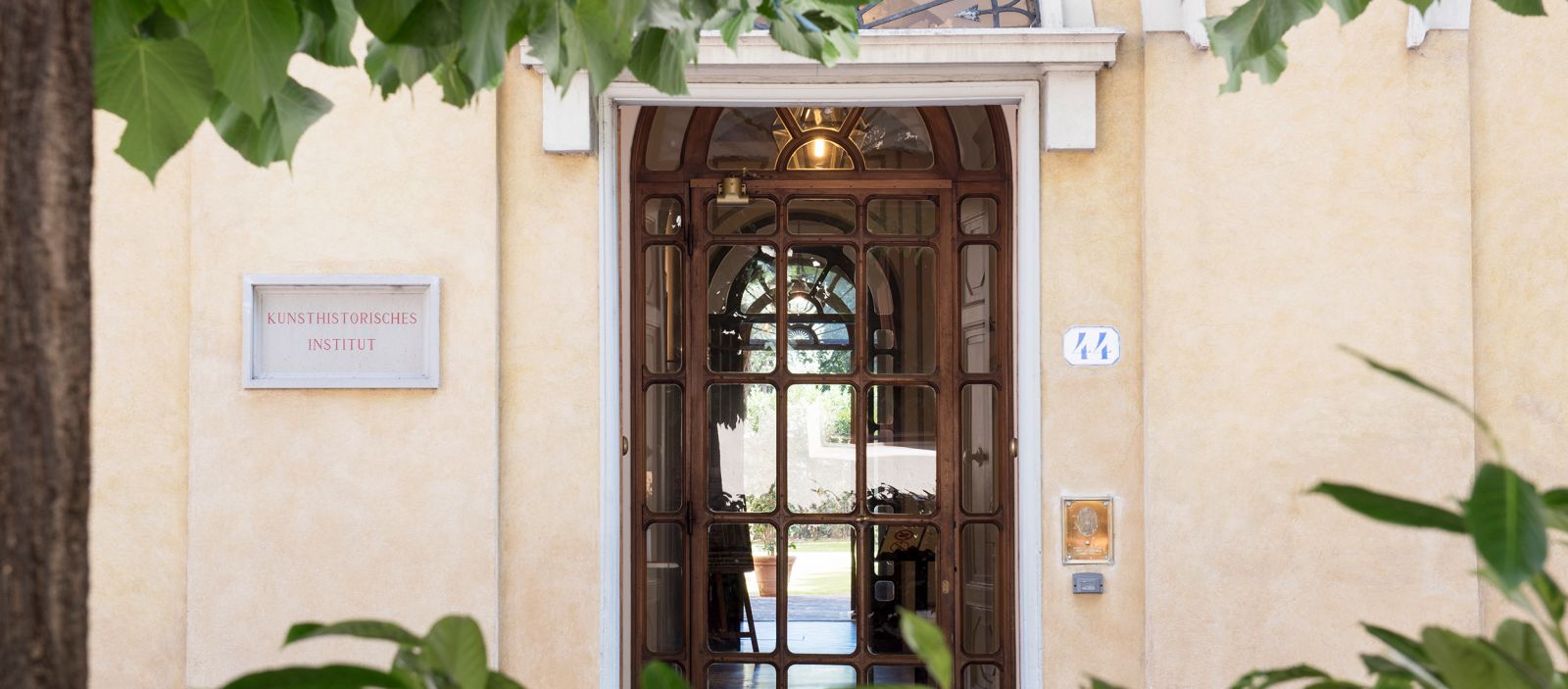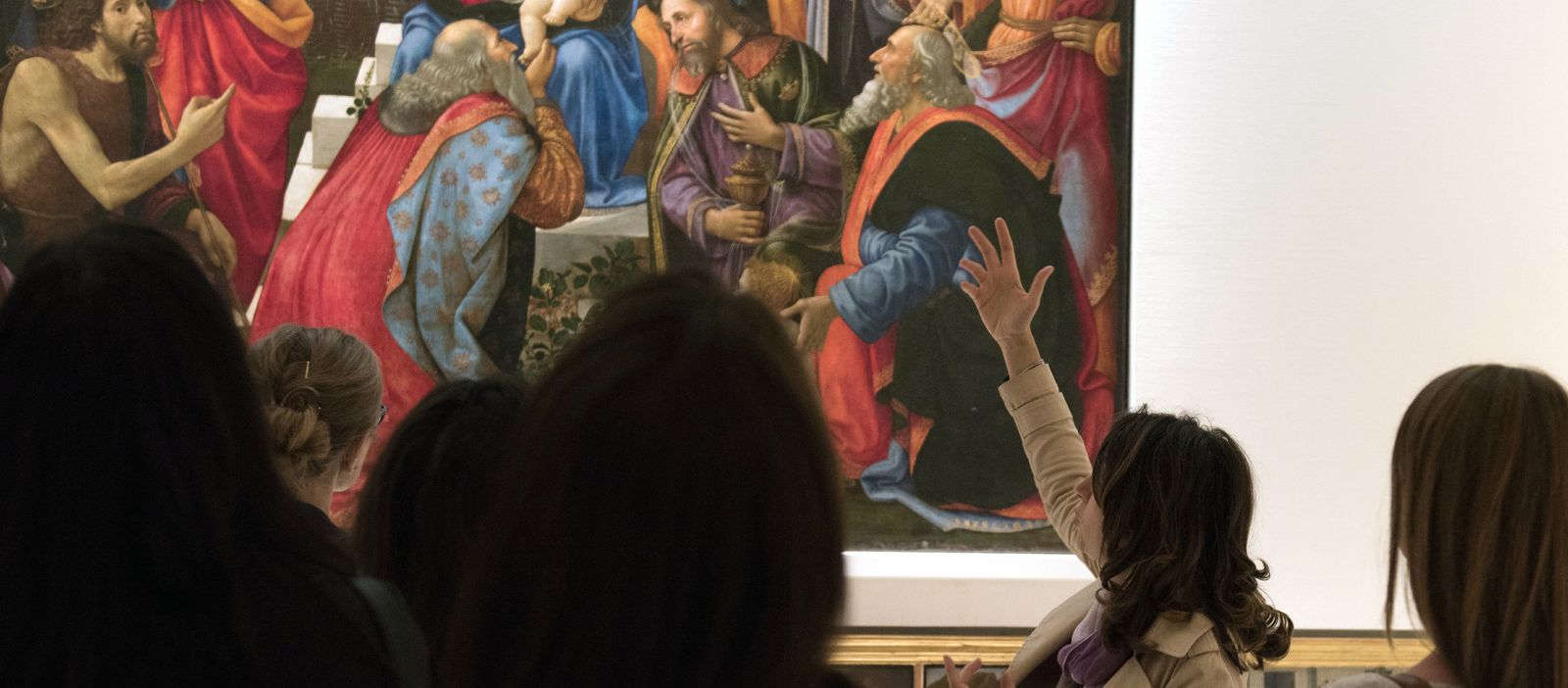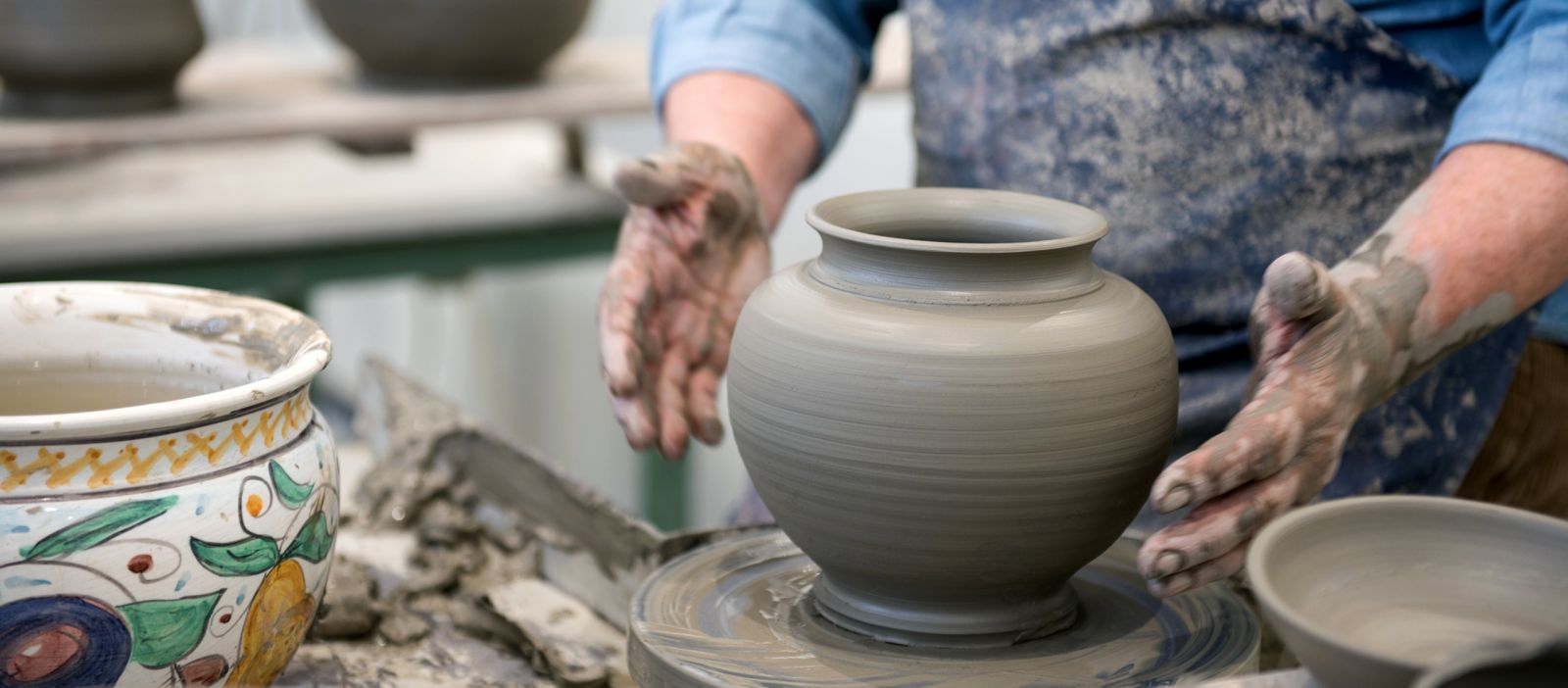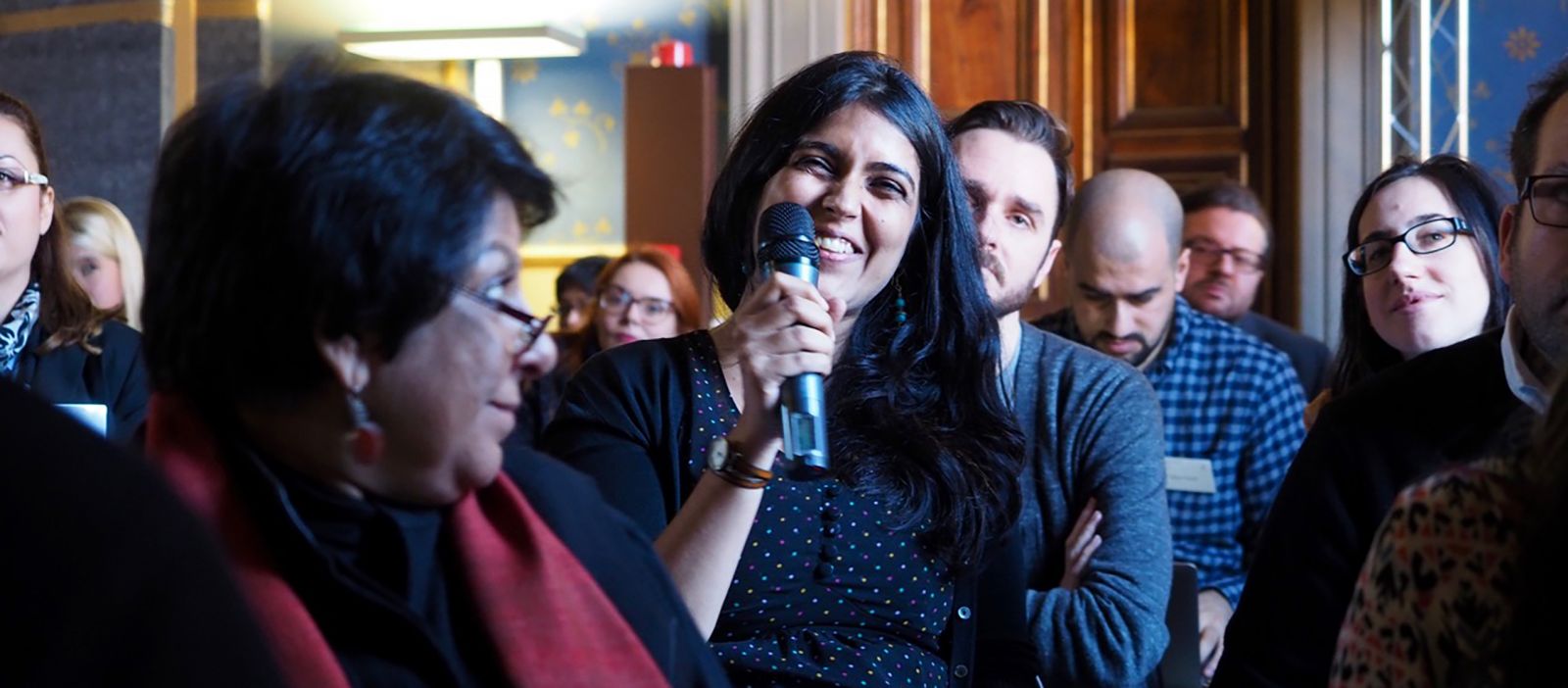Institute
The Kunsthistorisches Institut in Florenz understands itself as a laboratory of basic research in art history in dialogue with other disciplines. Founded in 1897, it has been an institute of the Max Planck Society since 2002. Its research is dedicated to the histories of art and architecture in a transcultural and global perspective, with a focus on Italy, Europe and the Mediterranean. A prime concern of projects and collaborations is to combine historical research with a critical engagement in current debates and challenges, such as ecology, heritage, urbanization, migration and diversity; aesthetic and artistic practices; media and material cultures; the digital transformation and the future of museums. The institute is particularly committed to supporting young scholars, while its renowned library and Photothek are open to the international community of researchers.
Locations
Locations
- Kunsthistorisches Institut in Florenz
Via Giuseppe Giusti 44 - Casa Zuccari
Via Giuseppe Giusti 49 - Photothek of the Kunsthistorisches Institut in Florenz
Palazzo Grifoni Budini Gattai, Via dei Servi 51
Library of the
Kunsthistorisches Institut
in Florenz
Via Giuseppe Giusti, 44
50121 Firenze / Italy
Phone: +39 055 24911-1
Fax: +39 055 24911-55
Opening hours:
Mon – Fri, 9am – 8pm
Photothek of the
Kunsthistorisches Institut
in Florenz
Palazzo Grifoni Budini Gattai
Via dei Servi 51
50122 Firenze / Italy
Phone: +39 055 216707
Fax: +39 055 2676751
Opening hours:
Mon – Fri, 10am – 7pm
User ID Cards
User ID Cards, which allow access to the Library and Photothek, can be obtained via e-mail.
Please read the information on how to apply for a user ID card before sending your application including the completed application form and safety form to tessere@khi.fi.it.
Wireless LAN (eduroam)
eduroam is a secure wireless LAN for all members of the Kunsthistorisches Institut in Florenz, as well as for external users of the worldwide eduroam network. Authentication is performed using the access data of users' home institutions.
Please use the eduroam Configuration Assistant Tool (CAT) to set up the connection on your device. This program automatically configures all required settings for different operating systems (Windows, macOS, Linux, iOS and Android).
Palazzo Capponi-Incontri and Casa Rosselli
The holdings of the Library are housed on the first three floors of the Palazzo Capponi-Incontri and Casa Rosselli complex. The offices of the two director's departments are located in the upper floors. Work places for doctoral and post-doctoral researchers are distributed throughout the entire building. The offices of library staff, the editorial staff of the Mitteilungen and research groups, are situated on the ground floor, the first floor and the second floor.
Palazzo Capponi-Incontri was erected on the site of the former Convento della Pietà between 1825 and 1830. The owner Gino Capponi (1792–1876) commissioned the architect Gaetano Baccani (1792–1867) to design and erect the new building, which was intended for one of his two daughters. After her death it was inherited by her sons Lodovico and Carlo Incontri. In 1926 the south-east wing of the building was sold to the Rosselli family. The part of the Palazzo owned by the Incontri family was acquired for the Kunsthistorisches Institut in Florenz in 1961, while the adjacent Casa Rosselli was purchased in 1972.
Casa Zuccari
On the ground floor and first floor of Casa Zuccari are located the administrative offices, the research coordination and public relations office and the office of Director Emeritus Max Seidel. The sala terrena has been converted to a seminar room that can hold about 25 people. The photographic laboratory of the Photothek is situated on the second floor of the Casa Zuccari.
Casa Zuccari is named after the painter and art theorist Federico Zuccari (1540/1–1609), who acquired the house built by Andrea del Sarto (1486–1531) in 1577. Zuccari expanded it, added a studio building, and decorated the sala terrena with mythological and allegorical scenes. After Zuccari had left Florence in 1579, he sold the house to Giovan Battista Paggi in 1602, who presumably later commissioned the frescoes in the second floor. The building changed owners several times and was used as a "casa d'artista" by Carlo Dolce (1616–1686) and Baldassare Franceschini, also known as Il Volterrano (1611–1689), among others. Casa Zuccari was acquired for the Kunsthistorisches Institut in Florenz in 1987.
Palazzo Grifoni Budini Gattai
The Photothek of the Kunsthistorisches Institut in Florenz is currently located in Palazzo Grifoni Budini Gattai. The photographic collections are housed on the piano nobile. On the same floor is a seminar room used for events of Institute with a capacity for ca. 45 people. Offices and special collections are situated on the ground floor.
Palazzo Grifoni was built by Ugolino Grifoni (1504–1576), who commissioned the architect Bartolomeo Ammannati (1511–1592) to erect it in 1561–1565 in one of the most prestigious areas in Florence. The façade that faces Piazza Santissima Annunziata was completed in 1772. The current interiors, with the impressive staircase and fresco decorations on the piano nobile, date back to the Budini Gattai family, who acquired the palazzo in 1890.






